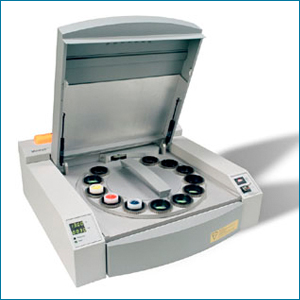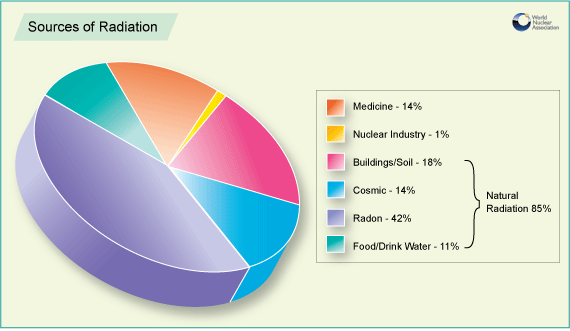
Sunday, April 24, 2011
EDXRF - Calibration

Friday, April 22, 2011
EDXRF - Periodic Table and Peak Identification

General Laboratory Practice and Regulation
Here is some general practice and regulation for Blok G4 Lab. All student need to read and follow the rules given.
General
- Bring only the necessary things in.
- In the lab you must wear a labcoat but especially during working with instruments and chemicals. without labcoat, student are prohibit from using/conducting the instrument.
- wear gloves when handling samples and chemicals.
- If you wear gloves, never touch doorhandles, equipment, keyboards, computers, lightswitches etc with the gloved hand. If you don't trust it is "clean", then use a clean tissue to touch it.
- It is strictly prohibited to eat, drink or smoke in the lab.
- It is prohibited to write or stick comments on the lab equipment without permission.
- It is prohibited to take chemicals, reagent without permission
Safety
- Always read instructions on the chemicals and reagents first before using them. In case of doubt consult the labtechnician.
- Dispose chemical/biological waste in appropraite containers
- Special attention must be given to hazardous chemicals/reagents.
- Wash your hands before you leave the lab.
Cleaning
- Keep the lab tidy. Everyone has to clean lab table before leaving.
- Everyone who used the facillities of the lab that month must help to clean it.
- Cleaning of glassware after used
- In case of little spilling, clean area with tissues
- Cleaning of spilles chemicals (especially near the balances):
Always clean spilled chemicals immediately. In case of spilling hazardous chemicals, mark but avoid the contaminated area and contact the labtechnician.
Machines
- When you use a machine and you are not familiar with it, read the equipment instructions carefully and ask person in-charge.
- When you want to use the on your own, you need permission from person in-charge.
- It is not allowed to install any software on the instrument computer.
- To save your data, please used blank CD/DVD instead of USB storage to avoid virus spread on the computer.
Thursday, April 21, 2011
EDXRF - student reminder
Attention to all students,
Before used EDXRF, all student must attend the training course conducted by person in-charge and will be made in group. Student who missed the training course will not be allowed to use the instrument. There is No Excuse for the time of the training course. This is to make sure all the students follow-up the training.
To book EDXRF for the measurement, please contact person in-charge to add your name in the Online Schedule one week advance before the date. Before that, please check at the Online Schedule for the availability of the day you want to use it. The Information that needs to be submitted to the person in-charge is:
- Name
- ID
- Program
- H/P no.
- Main Supervisor name
- sample type
- Date and time
The date and time need to be discuss with the Person In-charge and can be change without prior of notice.
The Online Schedule can be view at http://radiokimia.blogspot.com/p/schedule.html
Every week, one person in-charge will take over and will always change every week. In order for the EDXRF to operate, the person in-charge needs to be present for safety and monitoring reason. Current person in-charge:
- Miss Linda
- Mr Najif
- Mr Admin
TQ,
Wednesday, April 20, 2011
Software

- For MiniPal software, Download All Part for complete software.


Monday, April 18, 2011
EDXRF Principle








